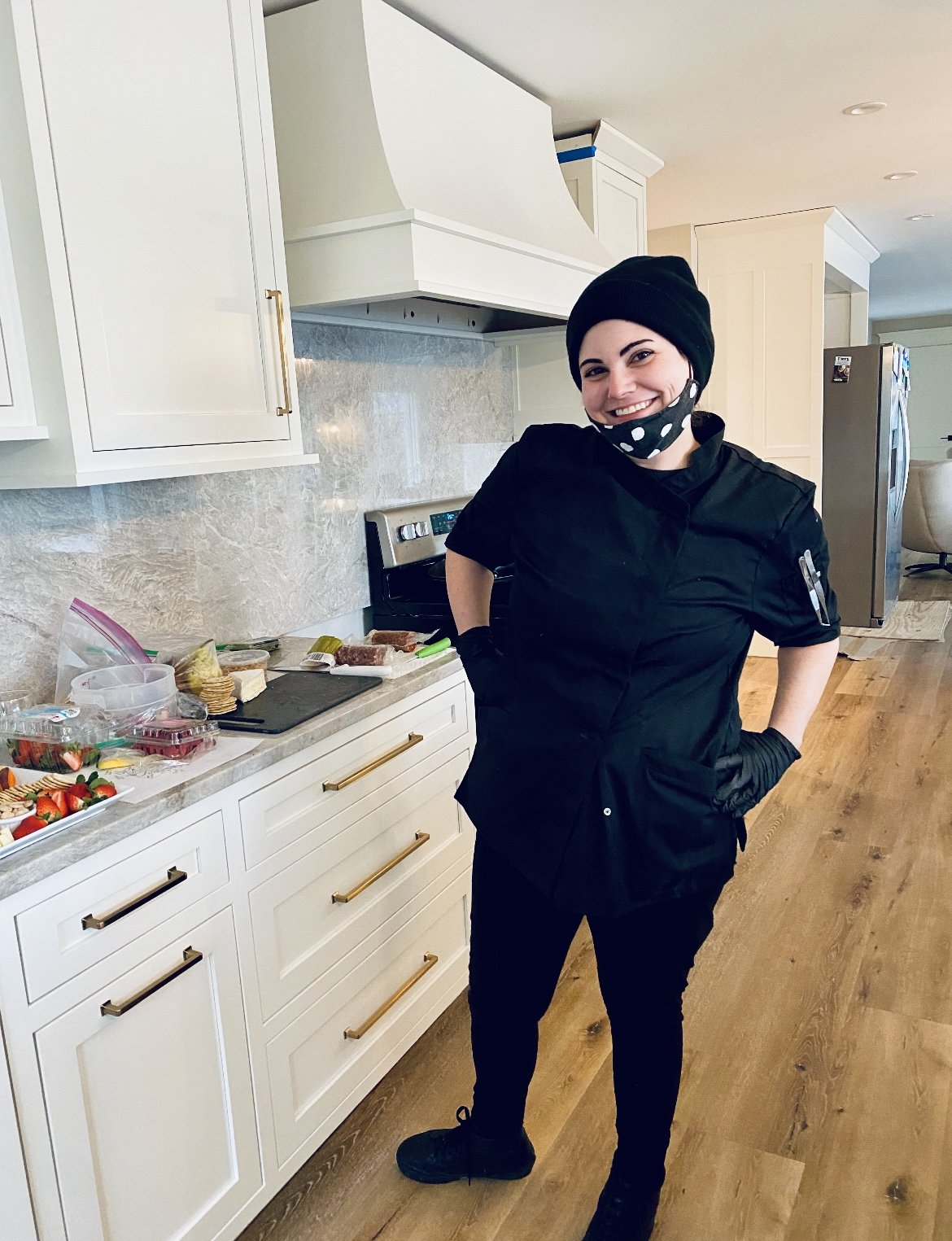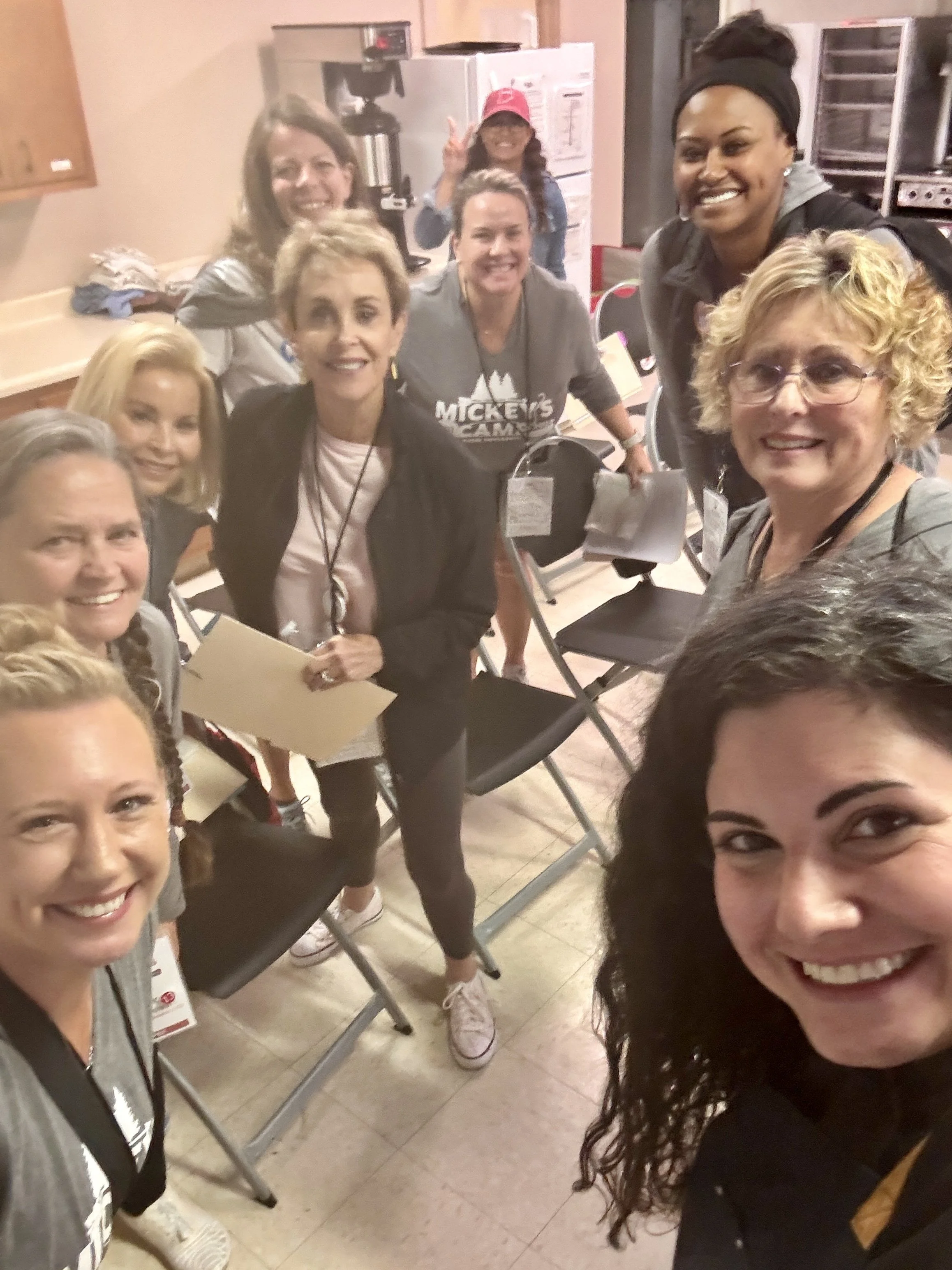The Science Behind the Plate: My Passion for Molecular Gastronomy
Hi y’all! I’m Rebecca Raffle, an executive chef and entrepreneur from Indianapolis. Today, I’m pulling back the curtain on one of my greatest passions: molecular gastronomy (food science).
You may have heard of foams, spheres, or liquid nitrogen clouds in high-end restaurants. Well, that’s the magic of combining science with the art of cooking.
In this blog, I’ll share how molecular gastronomy has shaped my culinary journey and how it’s accessible even in your home kitchen.
Learn more about my journey as an Indianapolis-based private chef here.
Chef Rebecca Raffle, Molecular Gastronomy Private Chef. www.RebeccaRaffle.com
Behind-The-Scenes: Making Berry Cardamom Coulis Spheres for my 10-Course Chef’s Tasting Dinner.
What Is Molecular Gastronomy?
At its core, molecular gastronomy is the study of food science—the chemical and physical transformations that occur during cooking.
By applying these principles, chefs can create dishes that surprise the senses and challenge traditional notions of food.
For example, have you ever had a dish where a burst of liquid encapsulated in a gel pops in your mouth? That’s a technique called spherification, and it’s just one way molecular gastronomy transforms ingredients into edible works of art.
Discover my background in food science and culinary arts here.
How Molecular Gastronomy Transformed My Career
When I first discovered molecular gastronomy, I was instantly hooked. As someone who loves the creative side of cooking, I saw it as a way to push the boundaries of what’s possible.
Key Moments in My Journey:
1. Education Meets Creativity:
My background in food science and culinary arts gave me the foundation to experiment with techniques like reverse spherification, foams, and liquid nitrogen. These methods allowed me to bring a unique edge to the catering and private chef services I offered in Indianapolis.
2. Client Reactions:
Watching my clients’ eyes light up as they tasted a cocktail transformed into pearls or witnessed a dessert shrouded in liquid nitrogen smoke reinforced my belief in the magic of food science.
3. Inspiring Future Chefs:
Through cooking classes and demonstrations, I share these techniques with food enthusiasts, empowering them to explore molecular gastronomy at home.
Popular Techniques in Molecular Gastronomy
If you’re curious about molecular gastronomy, here are a few techniques to try:
Spherification:
Turn liquids like juice or cocktails into pearls that burst in your mouth. All you need are ingredients like sodium alginate and calcium chloride!
2. Foams and Airs:
Using tools like an immersion blender and soy lecithin, you can create flavorful foams that add visual appeal to your dishes.
3. Liquid Nitrogen:
Perfect for freezing ingredients instantly or creating dramatic clouds of smoke. Always handle with care!
4. Gelification:
Transform liquids into gels or sheets to add a creative twist to your plating.
Why Molecular Gastronomy Matters
Molecular gastronomy isn’t just a flashy trend. It’s a way to connect science, creativity, and flavor. It challenges us to think differently about food and sparks curiosity about the ingredients we use daily.
For me, it’s also about storytelling. Every dish tells a tale of innovation, precision, and a touch of whimsy.
Whether I’m working with a private client or teaching a class, I love showing others how food science can turn ordinary ingredients into something extraordinary.
How You Can Start Exploring Molecular Gastronomy
You don’t need a fancy lab or expensive equipment to get started. Here are some tools and ingredients to try at home:
Tools: Immersion blender, syringe, silicone molds, and a culinary torch.
Ingredients: Sodium alginate, calcium chloride, agar-agar, and soy lecithin (all available online).
Start small—try making fruit juice pearls for a fun garnish or a foam to top your favorite dessert. Explore my Blog Here for my list of favorite things to use in my kitchen.
French Lemonade and Guava Citrus Caviar. This is the first palate cleanser for my 14-Course Molecular Gastronomy Chef’s Tasting Dinner. The caviar explode in your mouth, covering the tongue with sparkling lemonade and a light guava citrus. This makes one’s mouth ready for the next course. Chef Rebecca Raffle.
Looking Forward: My Mission to Make Molecular Gastronomy Accessible
One of my goals is to make molecular gastronomy approachable for everyone. Whether through my cooking classes, recipes, or content, I want to demystify the science behind these techniques and inspire others to experiment. Food should be fun, engaging, and a little bit magical!
If you’re ready to dive into the world of molecular gastronomy, check back for upcoming classes on spherification and foams!
For more tips and tricks, explore my next blog, “Recipes and Culinary Creations: Turning Everyday Dishes Into Art.”
Topics Included:
• Molecular gastronomy
• Food science and cooking
• Creative cooking techniques
• Spherification at home
• Indianapolis chef
• Culinary innovation
• Cooking with science
• Liquid nitrogen desserts
• How to start molecular gastronomy









Ever feel like time slows down during tough moments or flies by when you’re having fun? It’s not your imagination, it’s science! Explore the fascinating world of time perception, from Einstein’s relativity to how emotions and focus shape our experience of time. Plus, get practical tips to slow down and savor life’s moments. Whether you’re a curious foodie, science enthusiast, or someone seeking mindful living hacks, this blog will change how you see time forever.